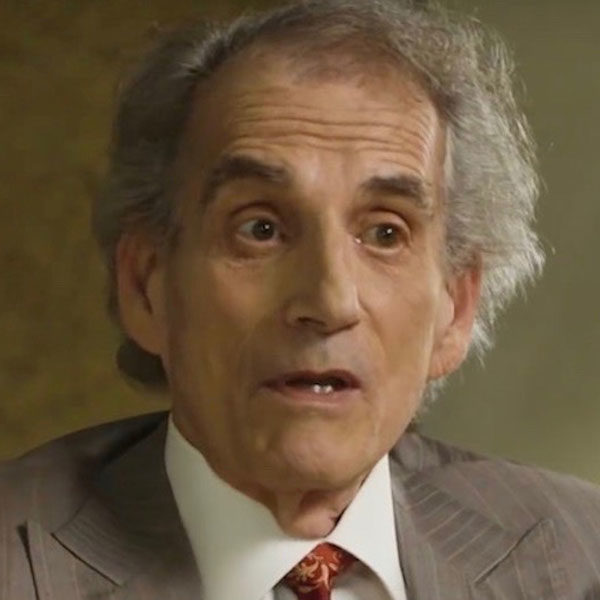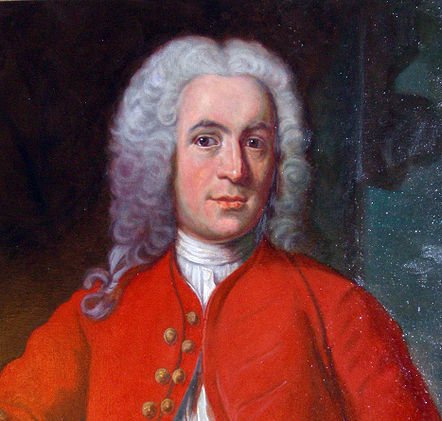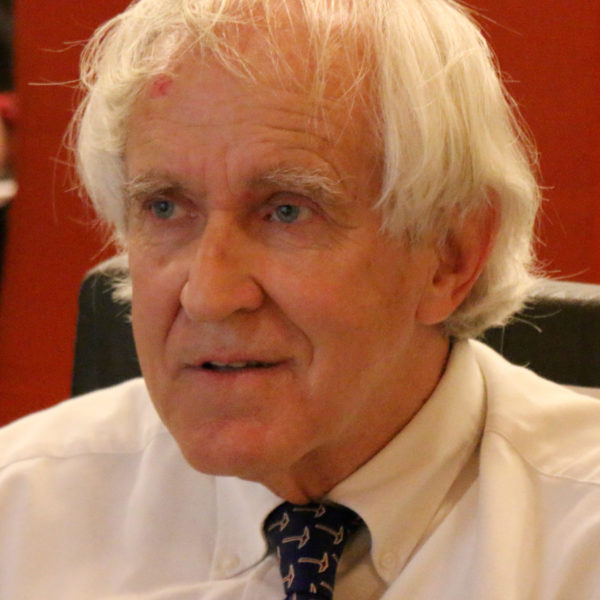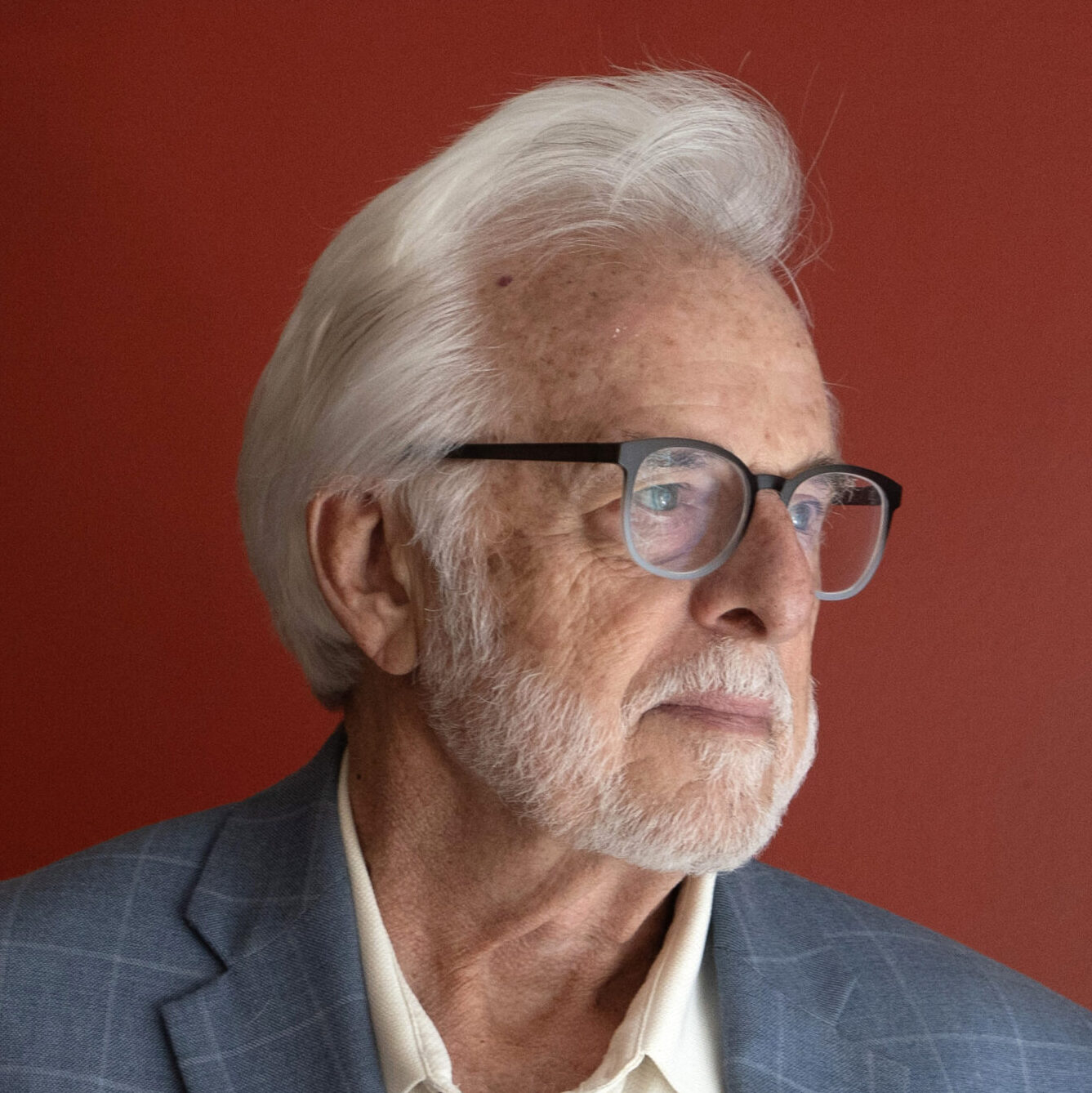Affinity Maturation and Somatic Cell Hypermutation: Intricately Controlled Processes that are Unlike Mutation and Selection
[Editor’s Note: This is part three of a six-part response from microbiologist Don Ewert to Kathryn Applegate’s arguments that the vertebrate adaptive immune system is an example of Darwinian evolution in action. Part one can be found here, and part two is here.]
The second stage of B cell receptor development is initiated when a foreign protein enters our body and is detected by a circulating B cell using its cell surface antigen receptor (BCR). The BCRs that recognize these antigens improve their affinity (binding capacity) for the antigen by entering into a fine-tuning process called affinity maturation. This process ensures that highly effective antibody receptors are produced and released as cell-free antibodies into the circulation as the B cell completes its development. This increase in the strength of binding between a single antigenic determinant and an individual antibody combining site does not affect the specificity of the antibody, i.e. its ability to distinguish between small regions (epitopes) on the same antigen. Rather it allows for antibodies to remain bound to the foreign antigen for longer periods of time, thus giving the body a greater chance to clear the antigen-antibody complexes. The changes in the affinity of the receptor for an antigen results from the accumulation of nucleotide replacements that change the attractive and repulsive forces, mainly electrostatic forces, of the antigen combining site. The molecular mechanism for improving the affinity of the BCR is called somatic cell hypermutation (SHM), since the changes that are introduced in the DNA of the B cell (a somatic cell) cannot be passed on to the offspring of the animal.
Read More ›





































